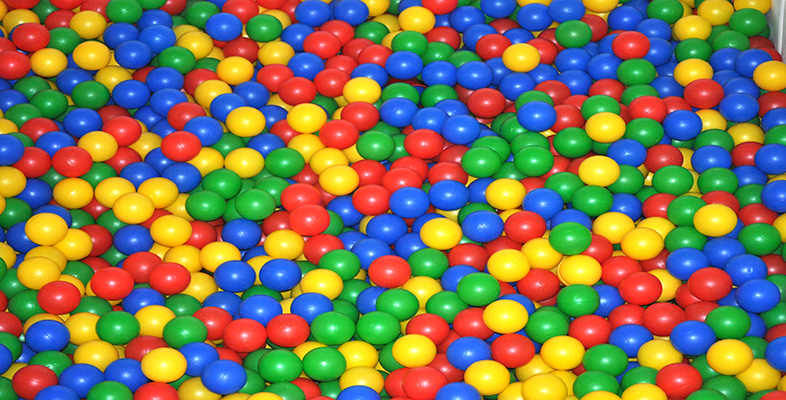6.3.1 Prototyping
The first prototypes may be made of any convenient material, such as clay, plaster-of-Paris or wood. Plastic models can also be made by fabrication or vacuum forming of thin sheet. Their primary function is to ensure that the product has ‘customer appeal’ when considered in aesthetic or ergonomic terms. This is particularly important for products which are to be consumer durables. It may be the first time in the design process that the concept sketches and initial engineering drawings are translated into 3-D models which can be readily appreciated by non-technical people, e.g. the company salesmen, who can then make key contributions to the further design because of their detailed understanding of what their customers want.
Testing is much more meaningful if the prototype has been made by the same method or material as that intended for full production (Figure 60). Choice of the manufacturing process influences the choice of material. For example, if the production quantities justify laying down expensive moulds then ease of injection moulding is clearly a material property to be taken into account. In recent years, developments such as low-pressure reaction injection moulding have introduced further options in manufacturing and hence materials. Companies are also influenced in their materials selection by the in-house availability of plant. For example Western Electric in the USA have used their existing metal-forming presses to produce large cable connector cases by warm stamping polypropylene sheet coupled to, and sandwiching glass fibre mat.
Choice of the processing route can be important for its effect on properties and performance of the final product, through polymer chain orientation for example. Obviously the later prototypes should also be made from the shortlisted materials so that a final choice between them can be made. To facilitate this final stage much effort has been put into the development of cheap moulds particularly for injection moulding. They can be machined out of aluminium or cast in aluminium using established foundry practices. A well-made cast aluminium mould can be used to produce up to 10 000 injection mouldings in glass fibre reinforced nylon without unacceptable wear. Such a tool typically costs under £3000 compared with many times that cost for a hardened steel production tool. Moulds can alternatively be made out of low melting point metal alloys or metal-filled epoxy resins or by metal spraying a pattern of the product. In the latter case the metal coating is stripped from the pattern and then stiffened with an appropriate backing material. At the end of the prototyping and prototype testing stage, the design engineer should be in a position to design the metal mould for mass production, a critical phase of the operation owing to the large costs incurred in mould manufacture.
